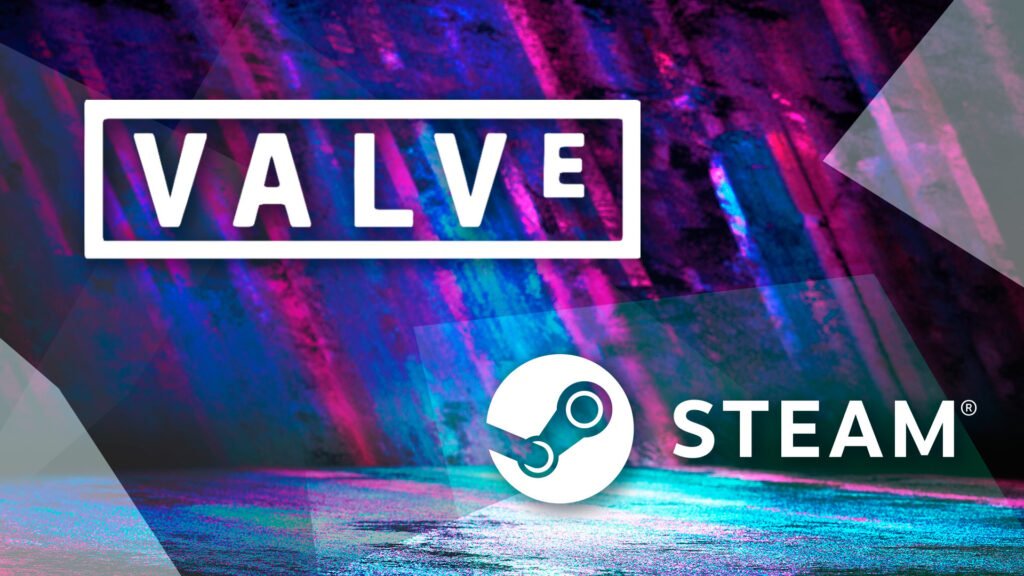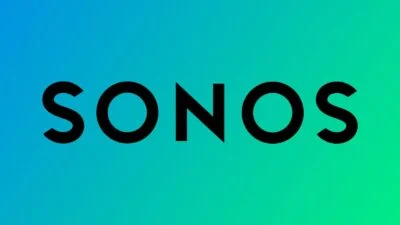Valve Ends Steam Support for Windows 7 and Windows 8: Here’s What It Means for UsersSteam

Valve has officially ended support for Windows 7 and Windows 8 in the Steam client, drawing a final line for users of these older operating systems. This move, long-anticipated, now pushes users on legacy systems to either upgrade or lose access to new Steam updates.
End of the Road for Steam on Older Windows Versions
While this change only impacts a small portion of Steam’s user base, it marks a significant milestone for those still using outdated Windows versions. Valve had initially announced plans to discontinue support for Windows 7 and 8/8.1 at the beginning of 2023, with the transition expected earlier this year. However, Steam continued supporting these versions through additional updates until now. With the latest update, the Steam client will no longer function on Windows 7, 8, or 8.1, as well as on older macOS versions (10.13 and 10.14).
What Happens to Affected Users?
According to VideoCardz, Valve clarified in its release notes that users on these older operating systems will not receive the latest Steam client updates automatically. For those with PCs running Windows 7, 8, or macOS 10.13/10.14, the options are to upgrade to a newer OS or stay on the current, unsupported Steam client version. Valve has noted that users who choose to remain on older operating systems can still access their game libraries, though this is only a temporary solution.
In an FAQ for affected users, Valve advises:
“We strongly recommend that all Windows 7/8/8.1 users update as soon as possible. Microsoft ended support and security updates for Windows 7 in January 2020 and for Windows 8.1 in January 2023. Computers with these operating systems are vulnerable to malware and other attacks for which no security updates will be available. This can impact the performance of your PC, Steam, and games, and even compromise account security.”
Background and Industry Trend
Valve’s decision to discontinue support for older Windows versions aligns with broader industry trends. Microsoft ceased its Extended Security Update program for Windows 7 and 8.1 earlier this year, and other tech giants like Google have also phased out support for these legacy systems.
One significant factor in Valve’s decision is its reliance on Chromium, the open-source foundation of Google Chrome. As newer Chromium versions are incompatible with older Windows systems, Valve was compelled to move forward. Additionally, the Steam client now requires specific features and security protocols only available on Windows 10 and newer.
What’s Next?
For gamers who still use Windows 7 or 8, the choice is clear: upgrade to a modern operating system to maintain compatibility with Steam and benefit from enhanced security, performance, and access to the latest features. Valve’s decision is a reminder that, as technology evolves, older systems inevitably lose support, and keeping up-to-date is essential for a secure and optimal gaming experience.
Alexia is the author at Research Snipers covering all technology news including Google, Apple, Android, Xiaomi, Huawei, Samsung News, and More.












